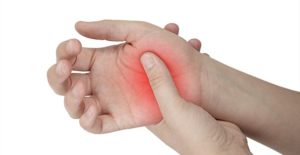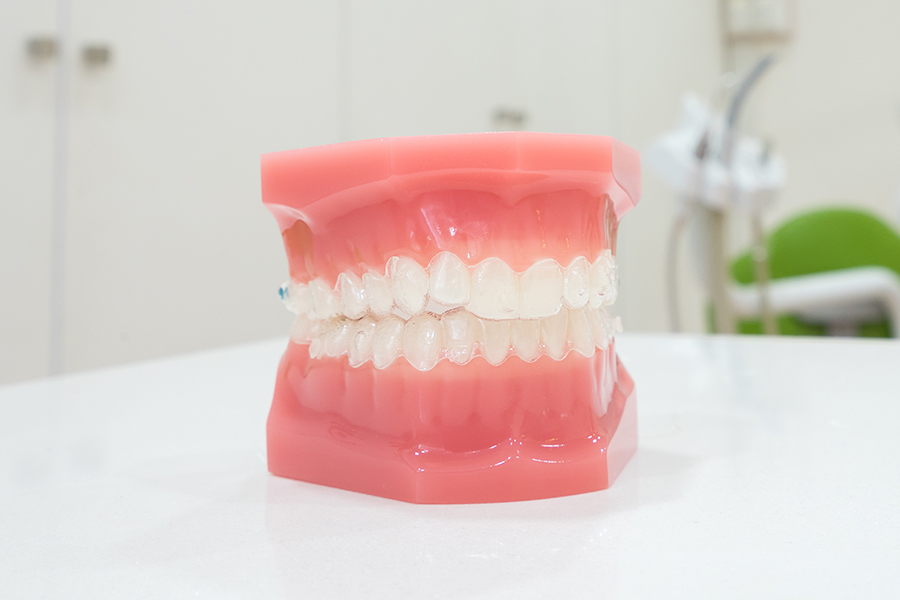The Types of Arthritis

Arthritis is a general term that refers to hundreds of different joint diseases. It affects more than 50 million people, according to the Arthritis Foundation. While there are ways to manage these diseases, most forms of arthritis have no cure and it is often very difficult to pinpoint an exact cause. Here’s a look at the different forms of arthritis that can manifest.
Degenerative Arthritis
Osteoarthritis is the most common form of arthritis; when someone says arthritis they are usually referring to osteoarthritis. It is also called degenerative arthritis because the joints “degenerate”as cartilage and other structures that provide support movement wear down. Typical symptoms include stiffness, swelling, and pain, particularly upon waking and during physical activity. There is no exact cause of OA, although many factors (such as genetics and weight) can influence its appearance. Additionally, there is no cure for OA, although anti-inflammatory medications, joint replacement surgeries, and a healthy lifestyle may help manage symptoms.
Inflammatory Arthritis/ Autoimmune
These forms encompass a range of different types of arthritis. Inflammatory arthritides can be identified “by the presence of white blood cells in the joint fluid.” You may experience a persistent fever, general feeling of weakness, and even issues with the organs. Rheumatoid arthritis is one of the most common forms; it can be a particularly painful and debilitating chronic disease. Other forms of inflammatory arthritis include gout, pseudogout (CPPD) and lupus.Various forms of arthritis can also result from a primary condition (such as psoriatic arthritis).
Infectious Arthritis
Infectious arthritis, or septic arthritis, refers to the many forms of arthritis that develop as the result of viral and bacterial infections. It is a form of inflammatory arthritis because of how it manifests, but it is also a form of infectious arthritis because of the underlying cause. It is important to note that many forms of arthritis can be categorized in more than one way.
For example, reactive arthritis occurs when an infection elsewhere in the body leads to inflammation in the joints. This occurs most commonly from infections of the “intestines, genitals, or urinary tract,” according to the Arthritis Foundation. The distinct difference between infectious and reactive arthritis is that when infectious arthritis occurs, the infection is in the joint, rather than elsewhere in the body. The Arthritis Foundation also reports that “Lyme disease, infectious hepatitis, fifth disease, mumps, German measles and rheumatic fever” can cause infectious arthritis.
Anatomical Arthritis
In some cases, arthritis does not affect many different joints within the body, but is constrained to a particular joint or set of joints. Bursitis, an inflammation of the bursa that cushions the joints, and tendonitis, an inflammation of the tendons, can be considered arthritis. The back and spine often suffer from a variety of different types of arthritis, such as degenerative disc disease. Other commonly affected areas are the knees, hips, wrists, and elbows.
Secondary Arthritis
Some forms of arthritis develop because of a primary condition that is not viral, bacterial, or otherwise infectious. The primary condition responsible for arthritis can have many different causes and accompanying symptoms. Psoriatic arthritis, for example, is a form of inflammatory arthritis that can appear in tandem with psoriasis. In addition to the symptoms caused by psoriasis, you may experience stiffness, pain, and swelling of the joints.
Juvenile Arthritis
Juvenile arthritis is a blanket term for forms of arthritis that occur in children. According to the Arthritis Foundation, more than 300,000 children are afflicted with arthritis. Juvenile arthritis tend to be inflammatory forms or autoimmune reactions. Despite their youth, children experience the same variety of symptoms—painful, stiff, or swollen joints, often accompanied by persistent fever; rashes may also accompany symptoms in juvenile arthritis.








